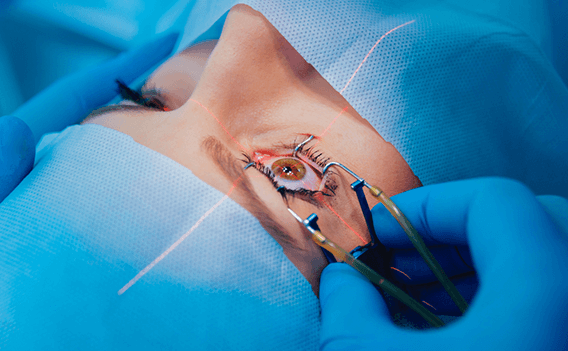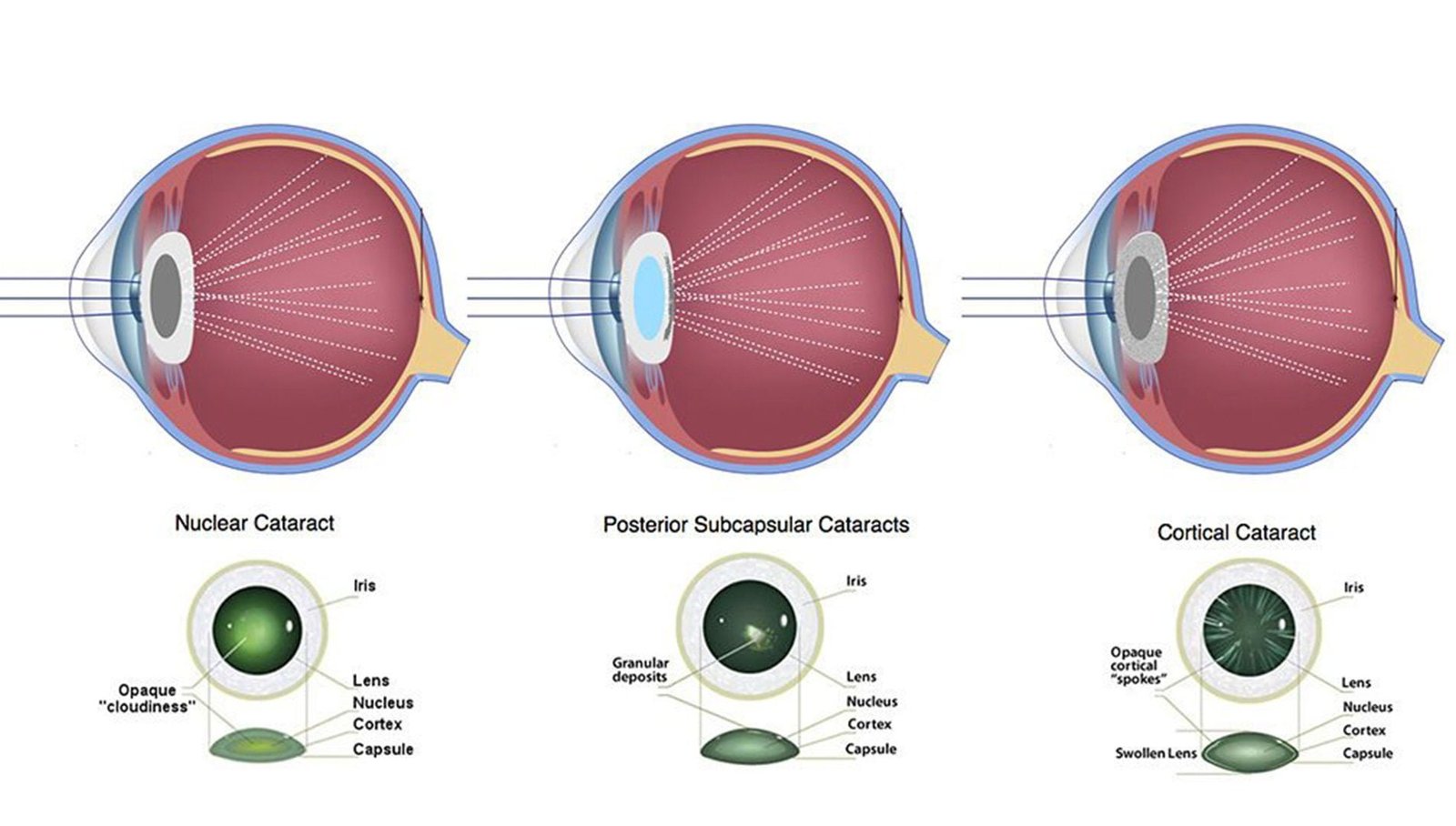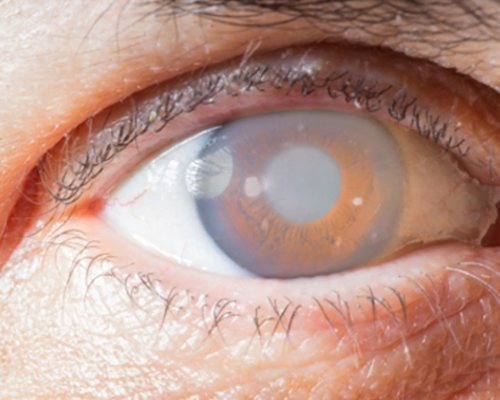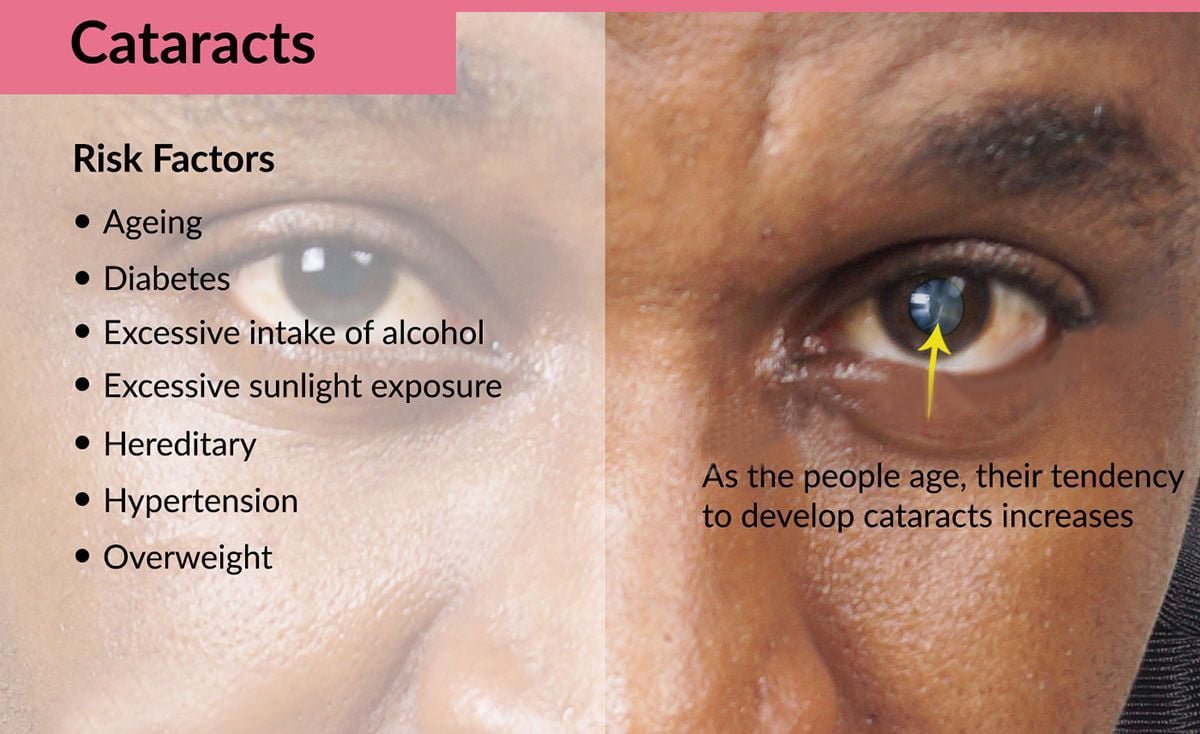
About Opthalmology (Eye Care)
Ophthalmology is the branch of medicine and surgery that deals with the diagnosis and treatment of disorders of the eye. At Khetarpal Hospital, our team of expert Ophthalmologists specialize in eye and vision care and are well equipped to perform a wide range of surgeries to treat multiple eye diseases. We have always prioritized the well-being of our patients and strive to serve the community to the best of our ability.
Role of an ophthalmologist is as follows:
- Preventative eye and vision care;
- Diagnosis of eye disorders and ocular disease;
- Both medical and surgical treatment of all eye diseases and related issues.

About Dr. Pooja Khetarpal
Dr. Pooja Kumar is a Consultant Ophthalmologist at Khetarpal Hospital, Delhi.
When it comes to academics, she has completed her MBBS and MS in Ophthalmology.
A young and dynamic doctor, she provides treatments for general conditions such as basic eye check-up, diabetic eye check-up, cornea, and glaucoma.
Dr. Pooja practices the principles she preaches, that of maintaining complete transparency to the patient and empathizing with their pain and concern. She believes in giving it her all when treating her patients, which makes her reliable and praiseworthy.
Khetarpal Eyecare – Conditions, Disorders & Treatments
Khetarpal Eyecare advocates for optimal eye care for all, including raising awareness of common eye conditions, disorders and treatments. Please check out the following links to learn more about:
![]() Glaucoma – a disease of the optic nerve, related to excess pressure inside the eye
Glaucoma – a disease of the optic nerve, related to excess pressure inside the eye
![]() Cataract – a disease where the lens of the eye becomes cloudy enough to obstruct vision
Cataract – a disease where the lens of the eye becomes cloudy enough to obstruct vision
![]() Retinal Diseases – diseases of the retina, the layer of nerve cells lining the back of the eye to sense light a create impulses to the brain where they are recognized as an image
Retinal Diseases – diseases of the retina, the layer of nerve cells lining the back of the eye to sense light a create impulses to the brain where they are recognized as an image
![]() Corneal Diseases – diseases affecting the cornea, the clear front window of the eye that covers the iris (the coloured part of the eye) and the round pupil
Corneal Diseases – diseases affecting the cornea, the clear front window of the eye that covers the iris (the coloured part of the eye) and the round pupil
![]() Eyelid Disorders – disorders and conditions related to the eyelid and even the eyelashes
Eyelid Disorders – disorders and conditions related to the eyelid and even the eyelashes
![]() Neuro-ophthalmology – conditions caused by brain or systemic abnormalities that cause visual disturbances
Neuro-ophthalmology – conditions caused by brain or systemic abnormalities that cause visual disturbances
![]() Paediatric Eye Conditions – eye issues that typically emerge in childhood or adolescence, including ‘lazy eye’ or crossed eyes
Paediatric Eye Conditions – eye issues that typically emerge in childhood or adolescence, including ‘lazy eye’ or crossed eyes
What Is Cataract?
A cataract is an eye disorder where there is a clouding of the lens of the eye which leads to a decreased vision. Cataracts often develop slowly and can affect one or both eyes.
Types Of Cataract:

- Nuclear cataracts form in the middle of the lens of the eye and cause the centre or the nucleus of the eye to turn brown or yellow.
- Cortical cataracts form around the edges of the nucleus and are wedge-shaped.
- Posterior capsular cataracts affect the back of the lens and usually form faster than the above two types of cataracts.
- Secondary cataracts are caused by disease or medications. Diseases that are linked with the development of cataracts include glaucoma and diabetes. The use of the steroid prednisone and other medications can sometimes lead to cataracts.
- Traumatic cataracts develop after an injury to the eye, but it can take several years for the cataract to develop.
- Radiation cataracts form after a person has undergone radiation treatment for cancer.
- Congenital cataracts are present at birth or form during a baby’s first year and are less common than age-related cataracts.
Symptoms Of Cataract:
- Faded colors
- Blurry vision
- Double vision
- Increased sensitivity to glare
- Halos around light
- Trouble with bright lights
- Difficulty seeing at night

Causes Of Cataract:
- Overproduction of oxidants
- Smoking
- Ultraviolet radiation
- Steroids and other medications
- Certain diseases, such as Diabetes
- Trauma
- Radiation therapy

When To See A Doctor?
Most Cataracts, if looked after early, can be cured to avoid partial blindness. In some cases, surgery is difficult. Controlling the risk factors that lead to cataracts can go a long way in avoiding the illness. However, if the symptoms are spotted early, the patient has surgery options to control the vision loss.
What Are The Treatment Options?
Phacoemulsification is a type of modern cataract surgery in which an ultrasonic device is used to break up and then remove the cloudy lens, or cataract, from the eye to improve vision. Immediately after the phacoemulsification, the intraocular lens (IOL) is inserted. The eye’s internal lens is emulsified with an ultrasonic handpiece and aspirated from the eye and aspirated fluids are replaced with irrigation of balanced salt solution to maintain the anterior chamber.
FAQs
- Is the surgery safe?
Both the phacoemulsification and the small-incision techniques are safe and effective for the visual rehabilitation of cataract patients.
- Can Cataract be treated naturally?
Only prevention measures can be taken to avoid cataract, however, once the cataract is developed in the eye, surgery is the only option.
- How much time will the surgery take?
The entire procedure takes about 20 minutes. The phacoemulsification itself takes only minutes.
- Is it possible for the Cataract to reappear?
Because cataract is a clouding or “opacification” of the natural lens, and cataract surgery entails the removal of the natural lens, a cataract cannot come back after surgery.
- How much time does it take for the surgery to take effect?
Phacoemulsification gives better vision in a large proportion of patients at 6 weeks.
- When can I resume daily activities after the surgery?
Some patients see very well the day after cataract surgery. Other patients see well a few days after surgery, and a few others may need a full month to reach maximum vision improvement.
- When should you see an ophthalmologist?
It is important to treat our eyes with care throughout our lives. Ignoring changes in vision or skipping eye examinations puts our most precious faculty at risk.
Khetarpal Eyecare recommends that adults see an ophthalmologist as soon as possible if you experience any of the following symptoms:
- Loss of visionor decreased vision in one or both eyes
- Changes in visionsuch as sudden spots, flashes of light, lightning streaks or jagged lines of light, wavy or watery vision, blurry faces, distortions or wavy lines, haloes around lights, double vision
- Changes in the field of visionsuch as shadows, curtain-like loss of vision, black spots or blurriness in central or peripheral (side) vision
- Physical changes to the eyesuch as crossed eyes, eyes that turn in, out, up or down, pain, signs of infection (redness, swelling, discharge, etc.)
- Changes in colour vision
- How often should you have your eyes examined?
Having your eyes examined periodically throughout your life and giving a family history of any eye disease is important.
An initial eye exam at six months old helps with early detection of vision problems that can contribute to developmental delays, educational setbacks and behavioral problems in children having difficulty seeing properly.
Healthy adults who do not notice anything wrong with their eyes should see an eye doctor yearly.

